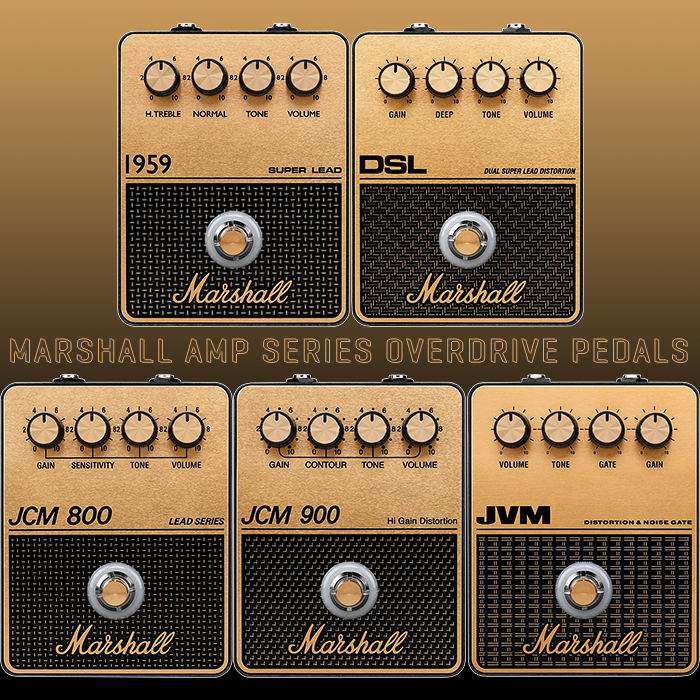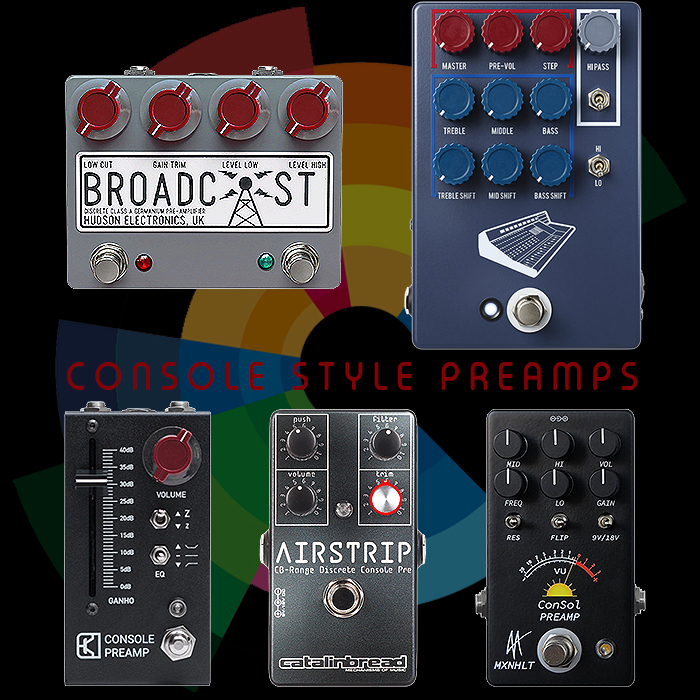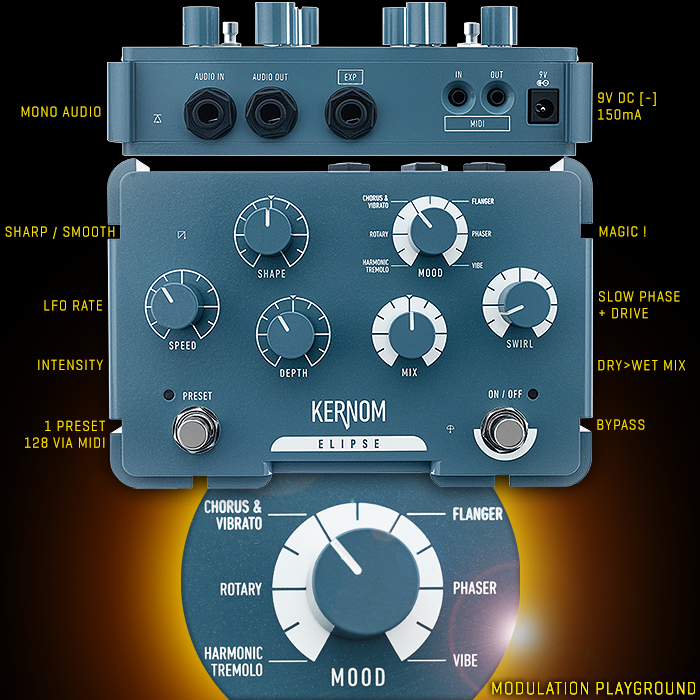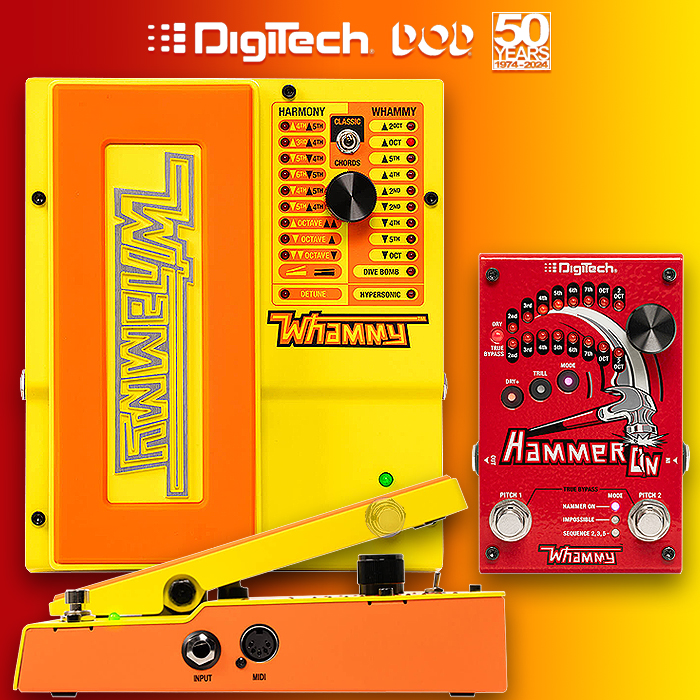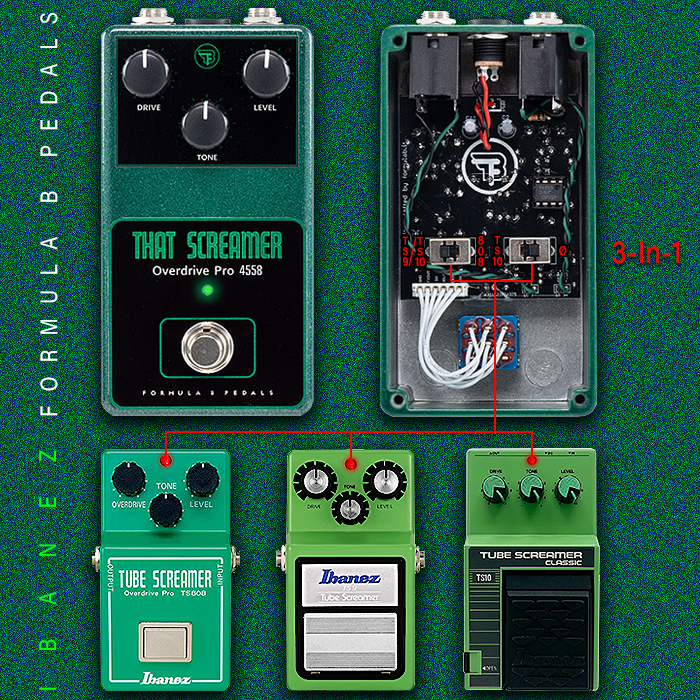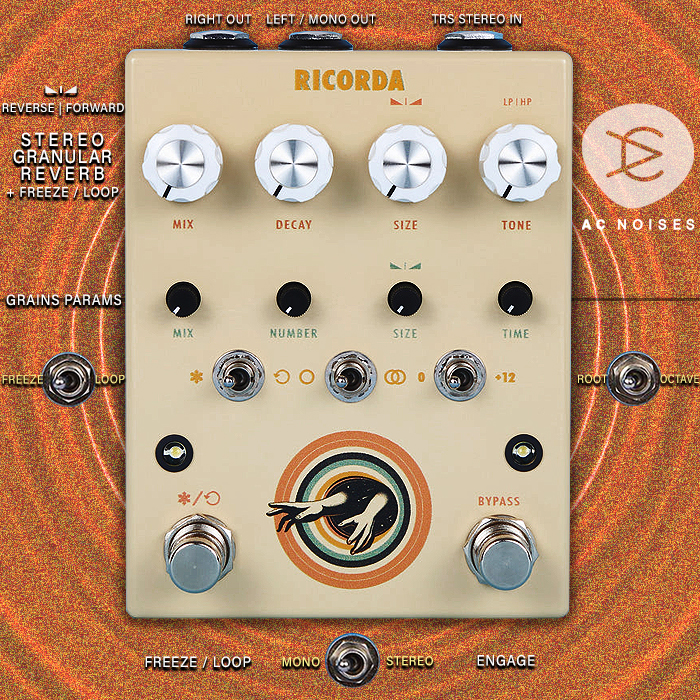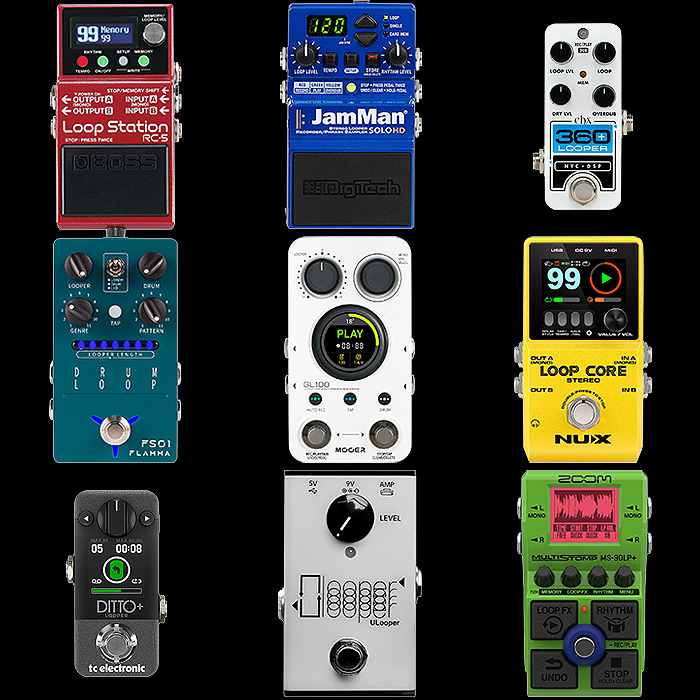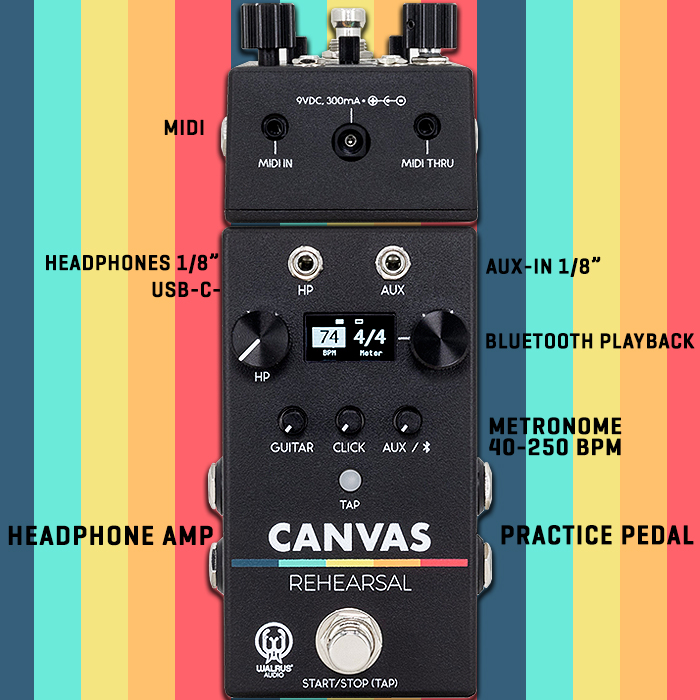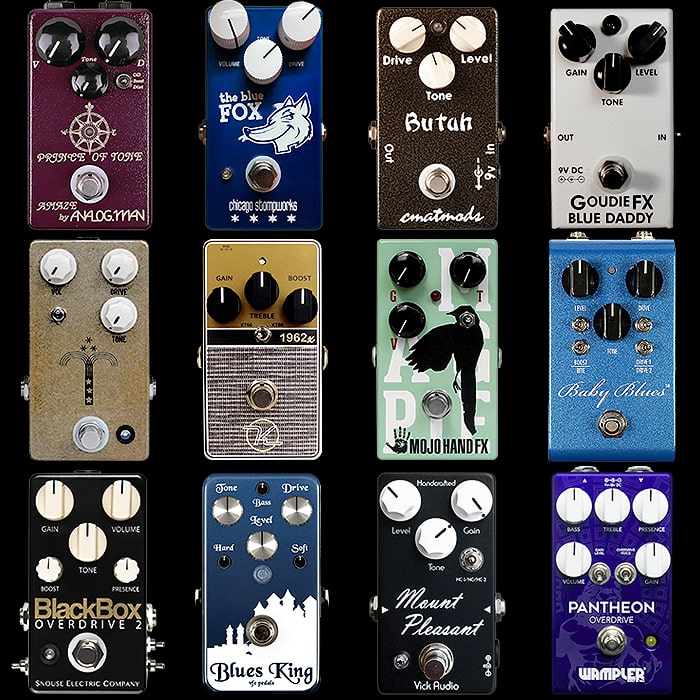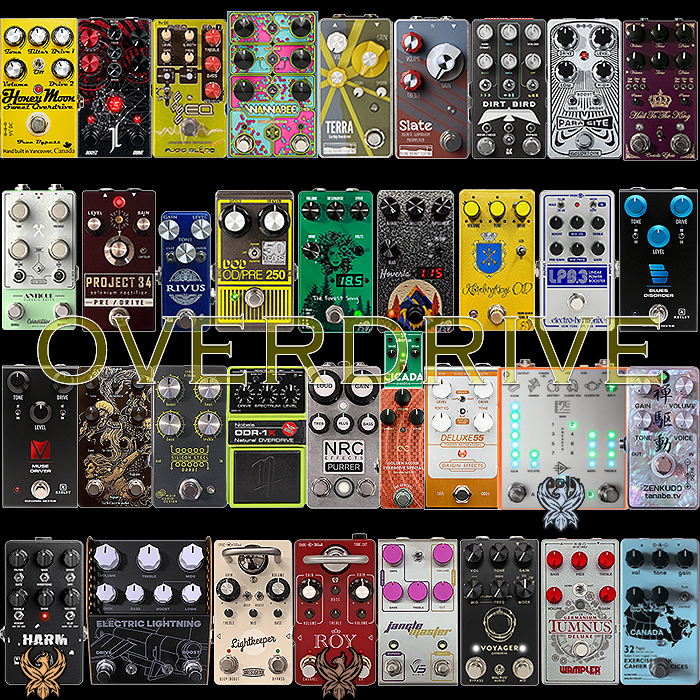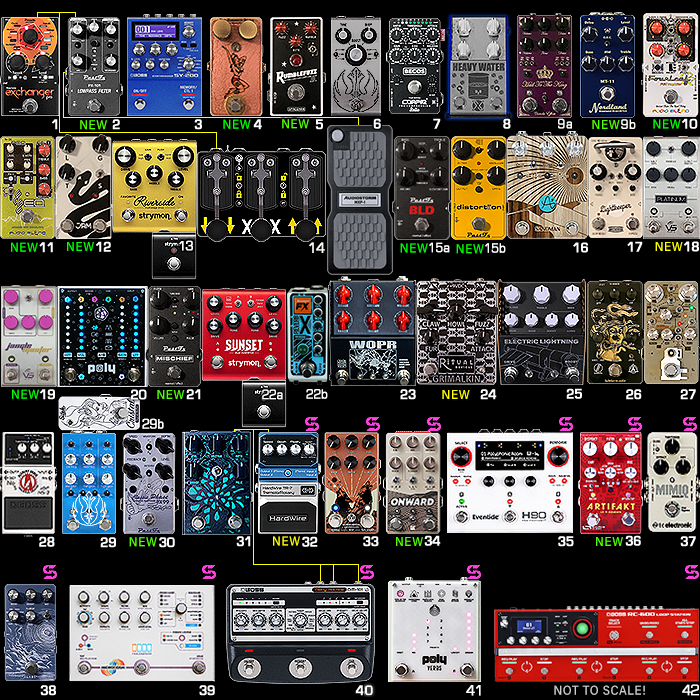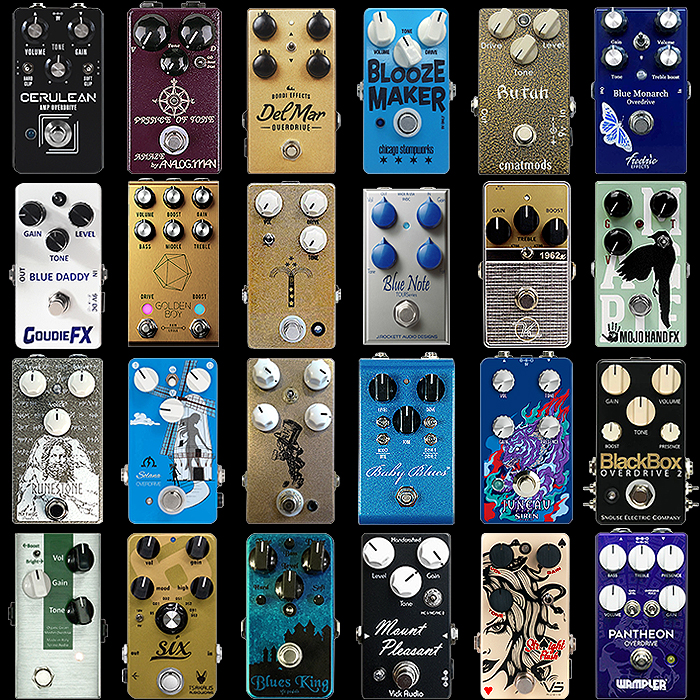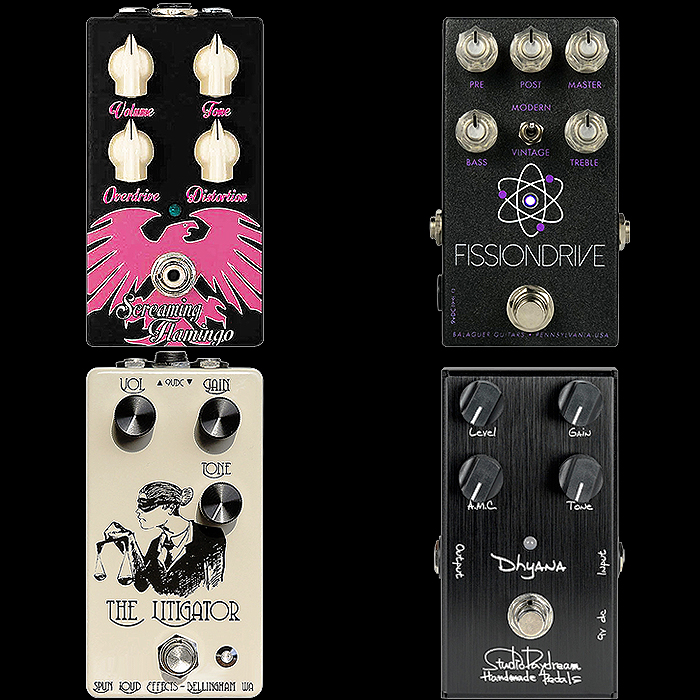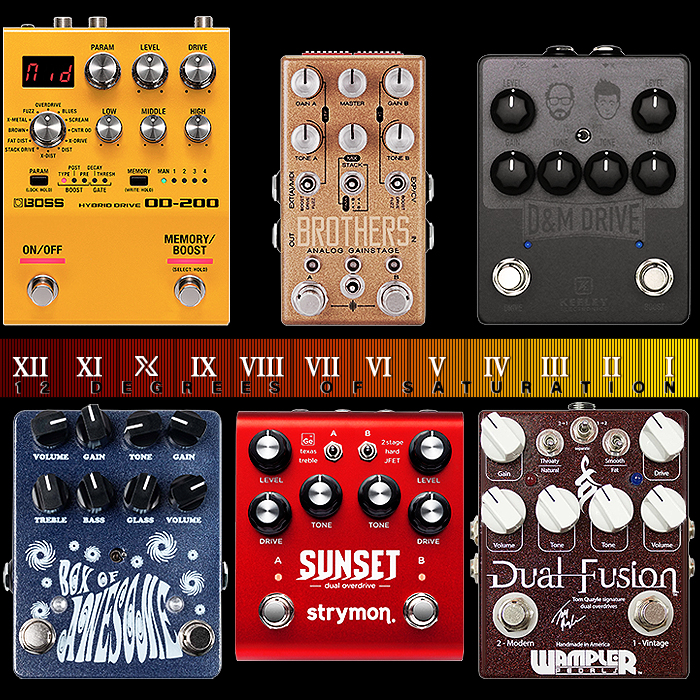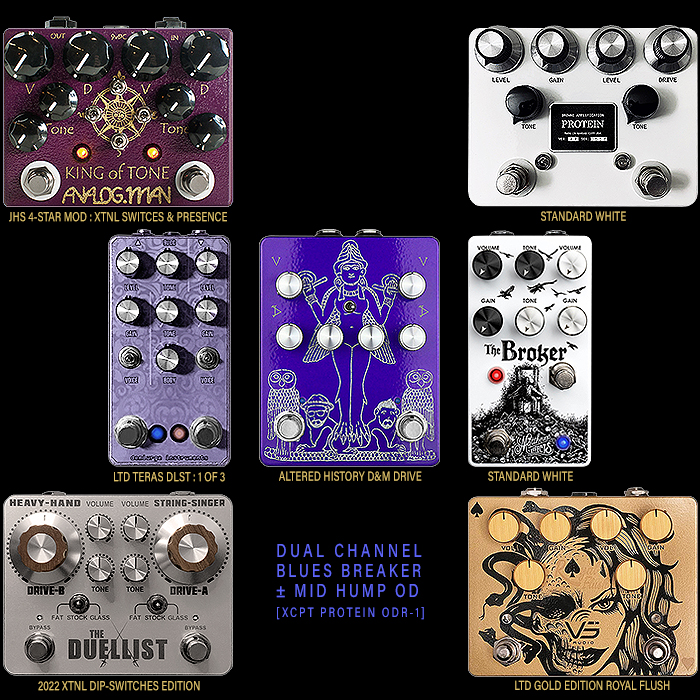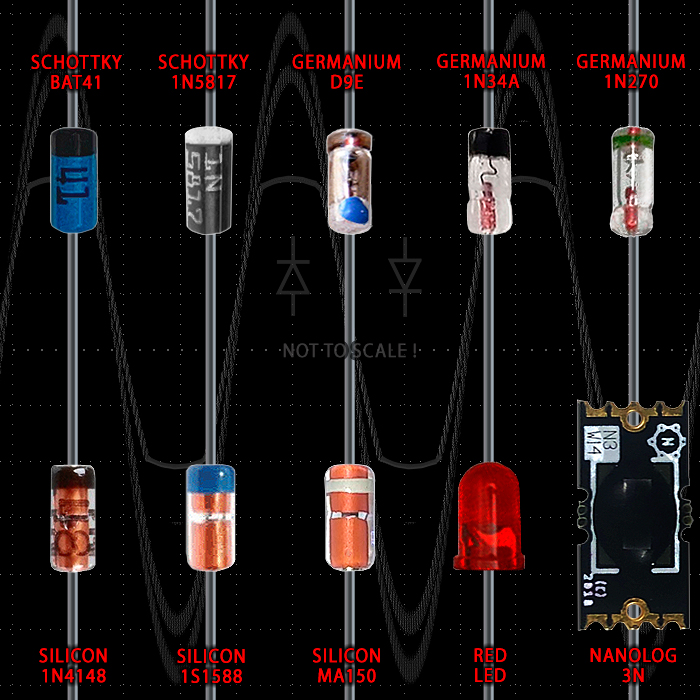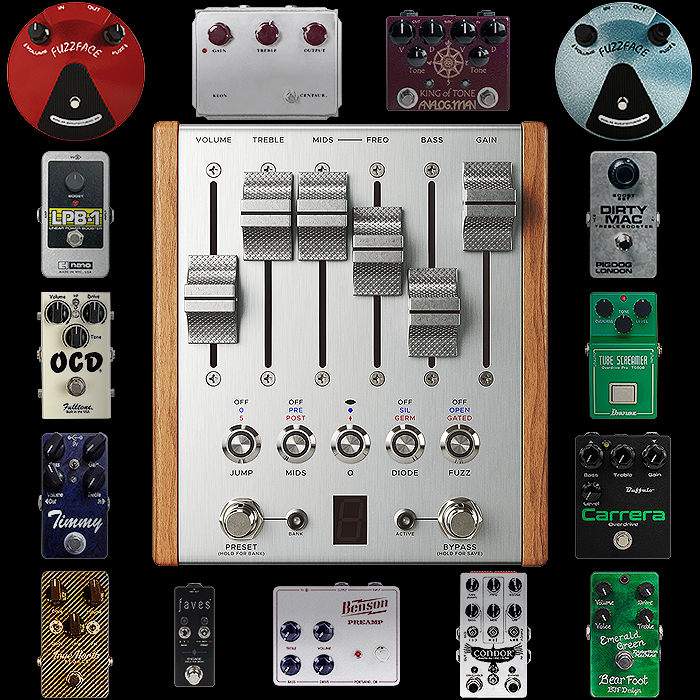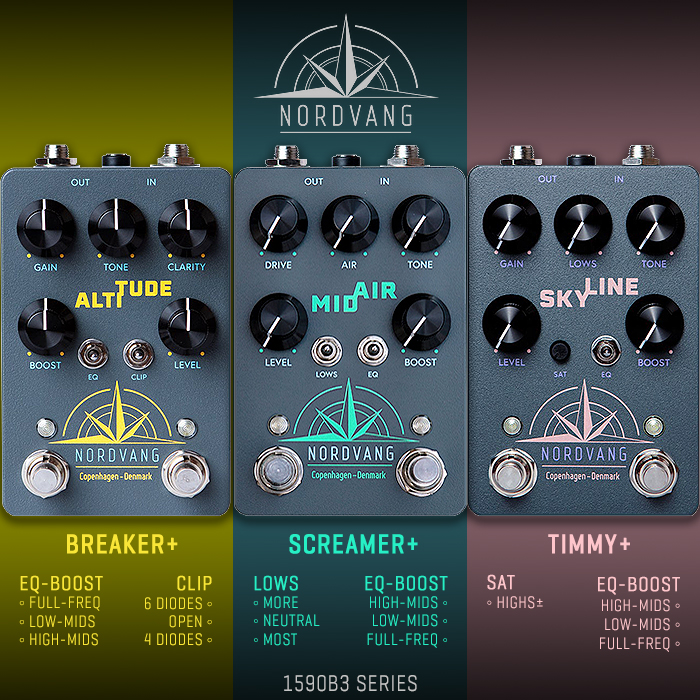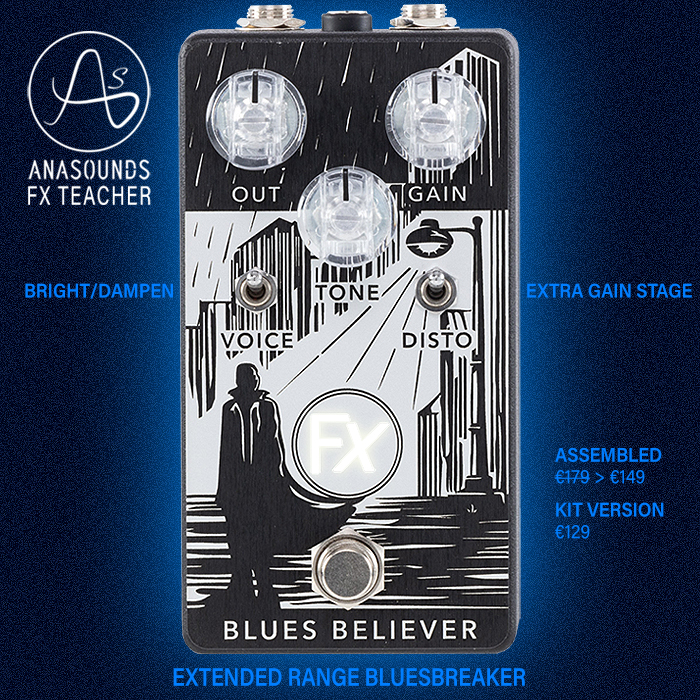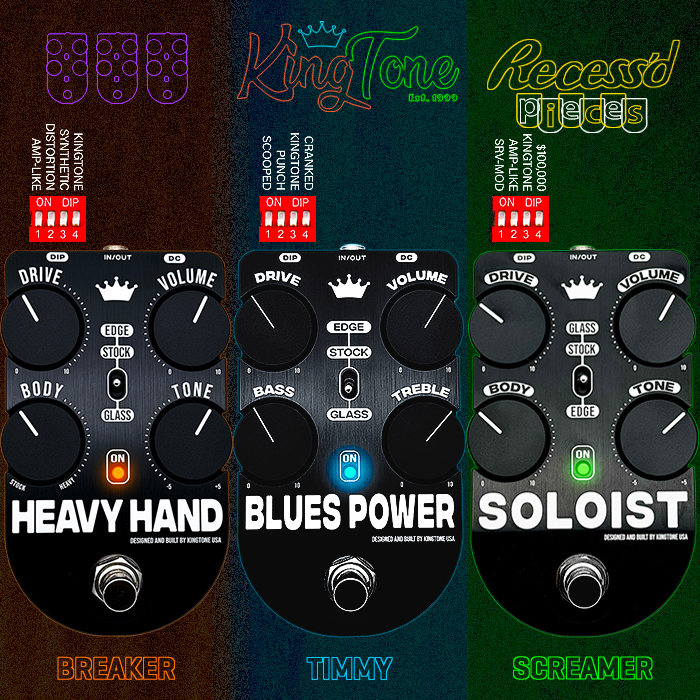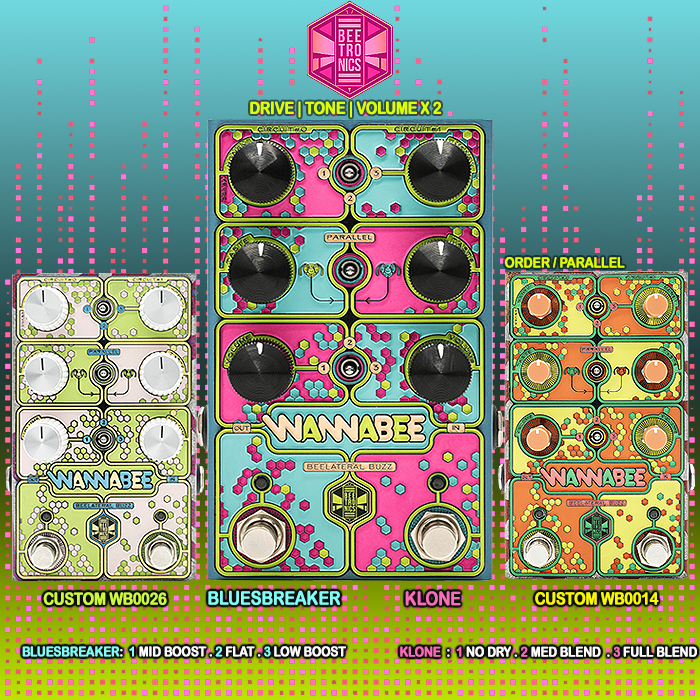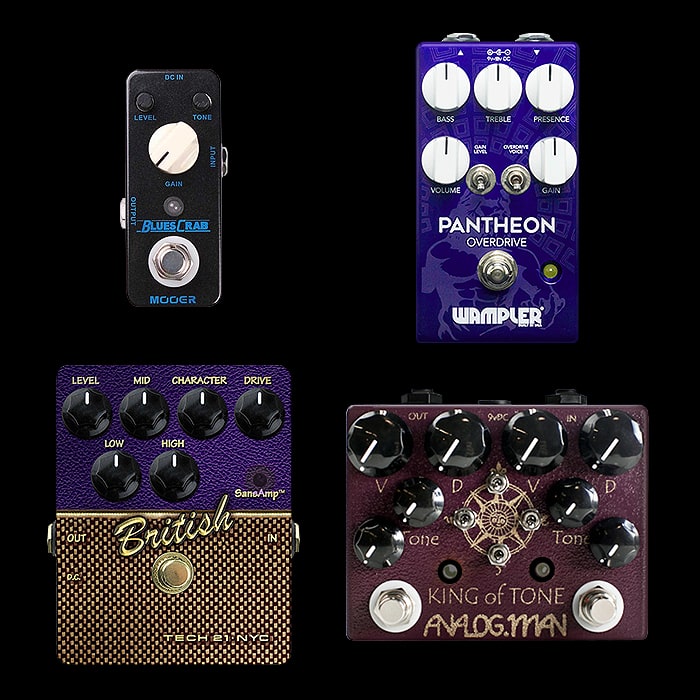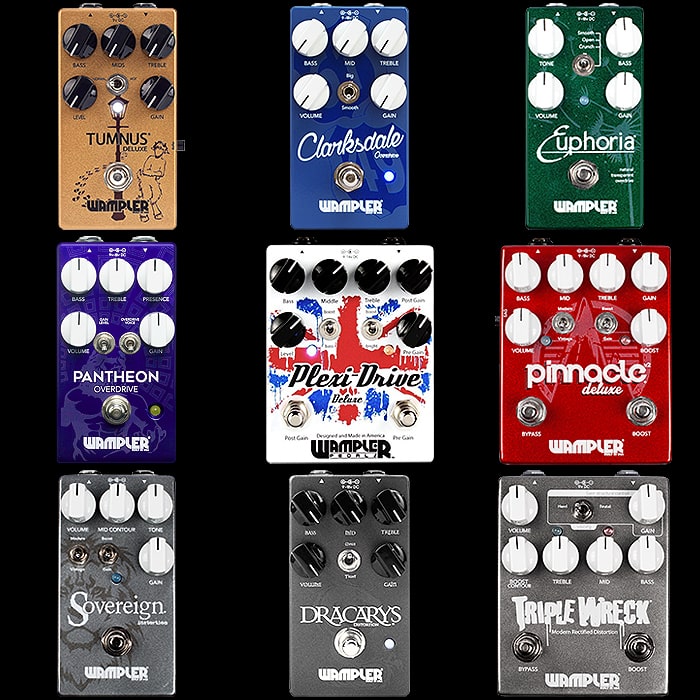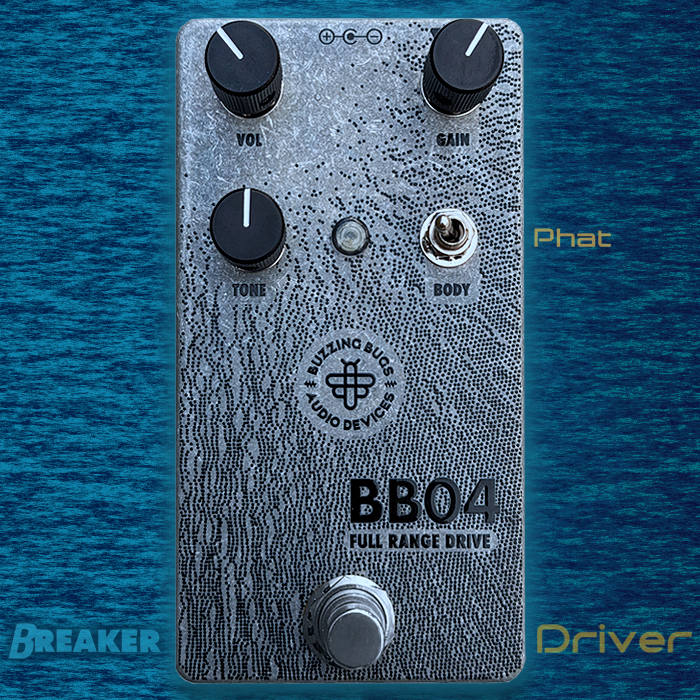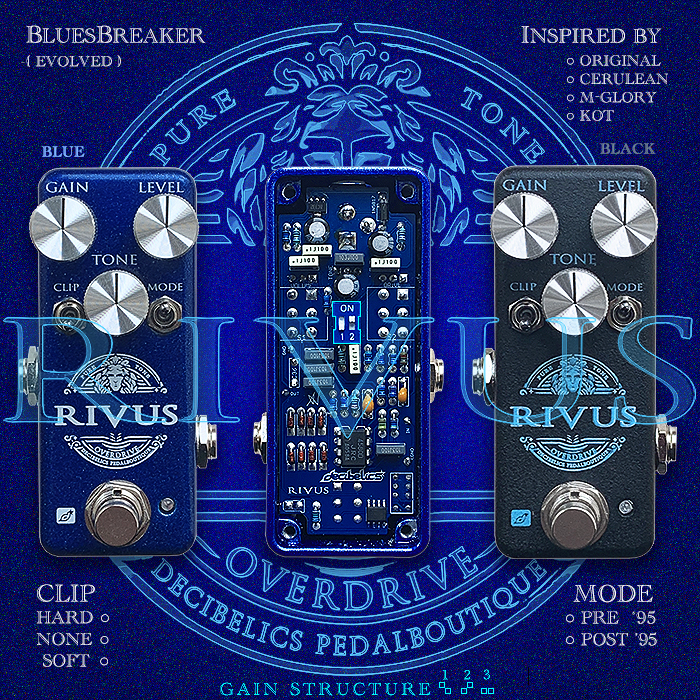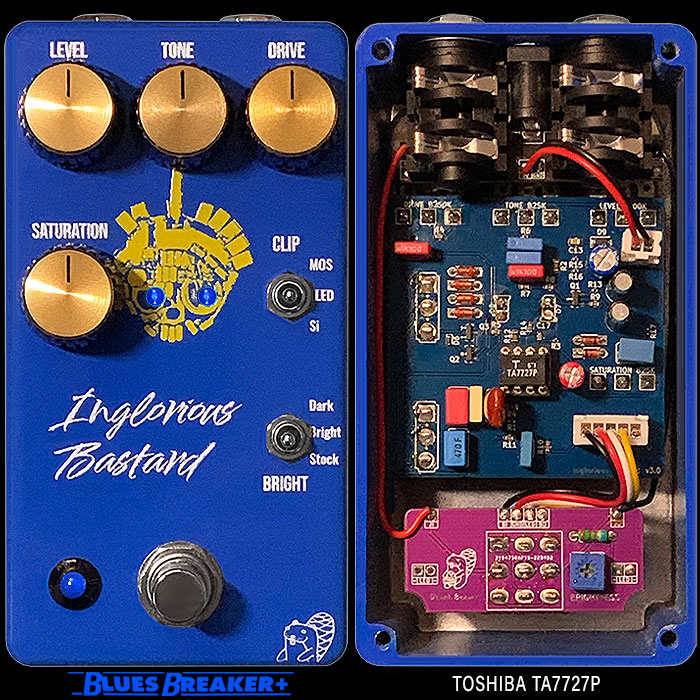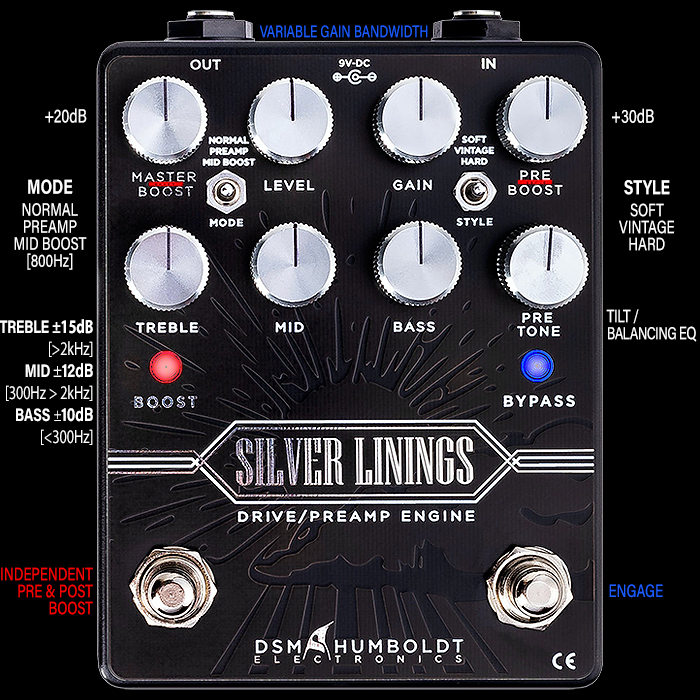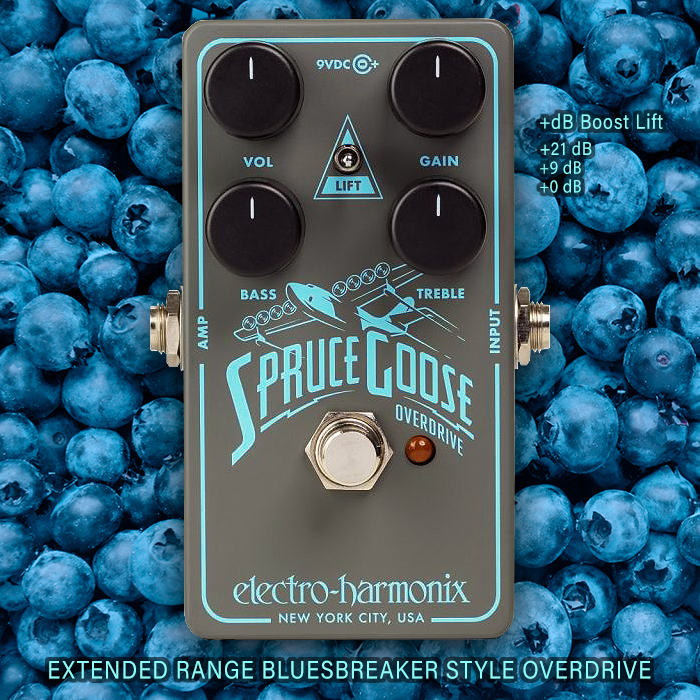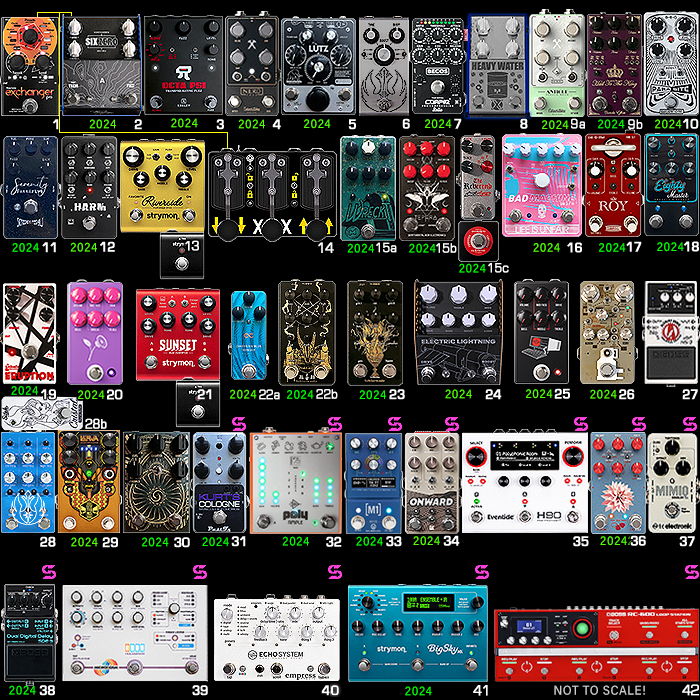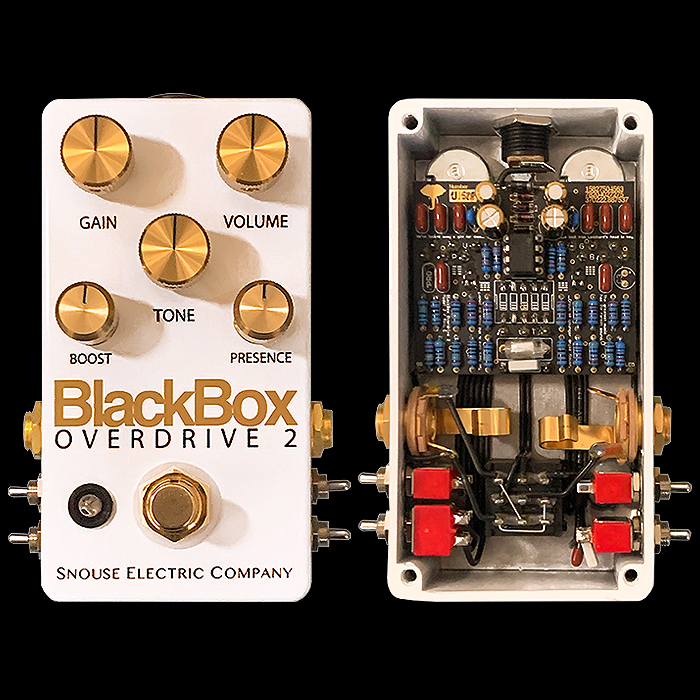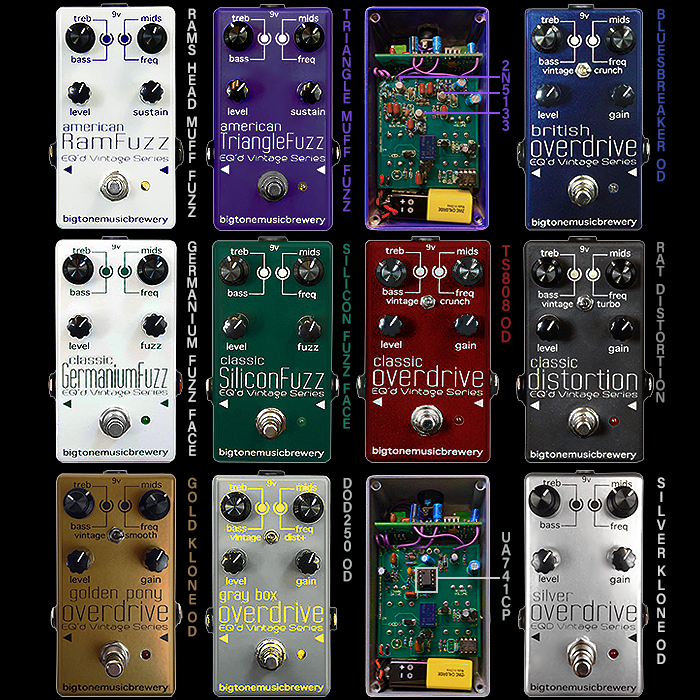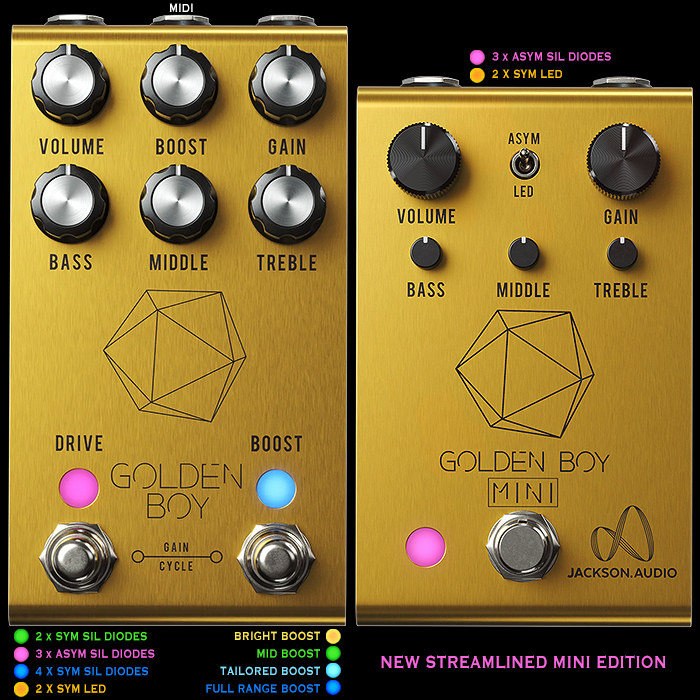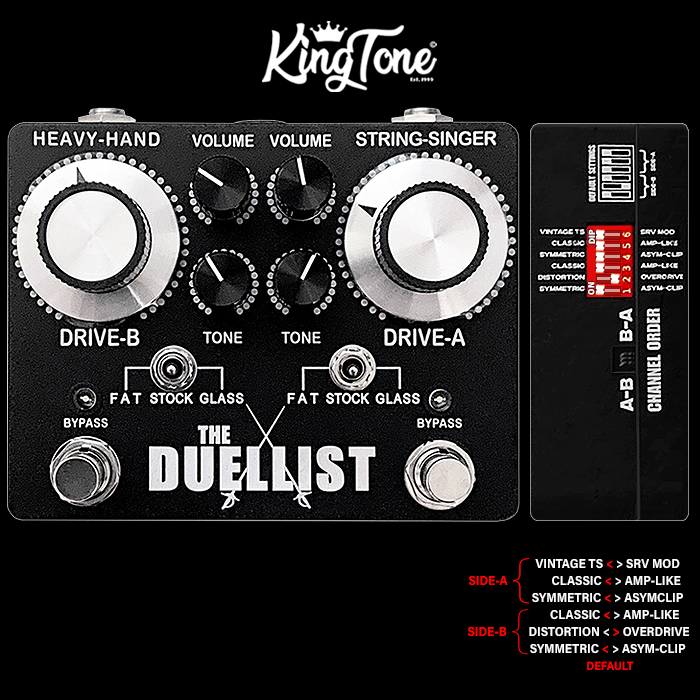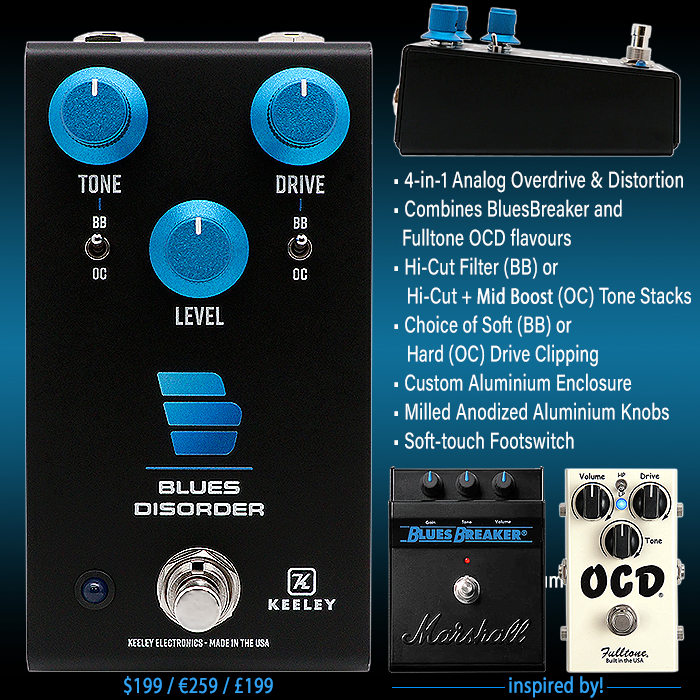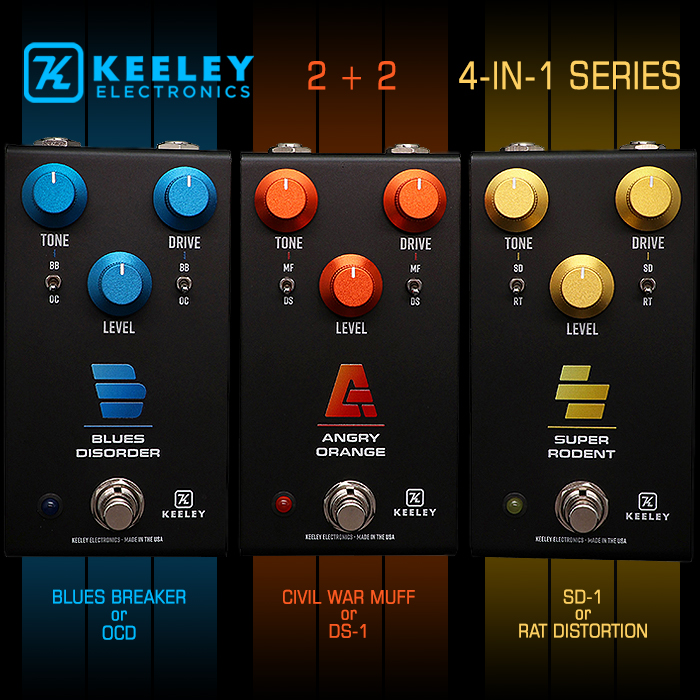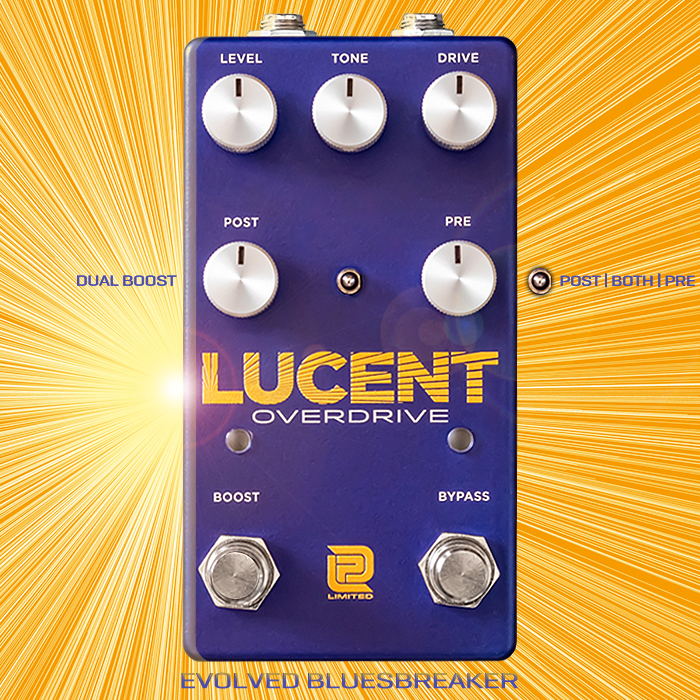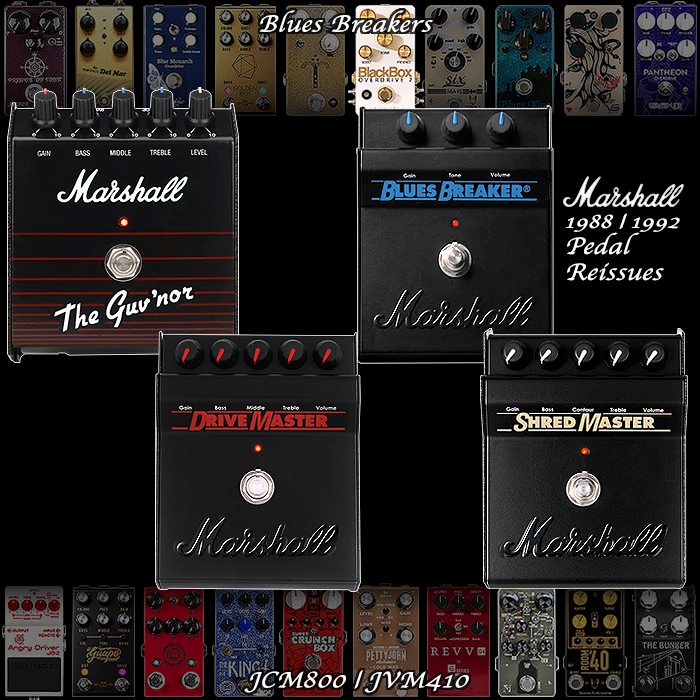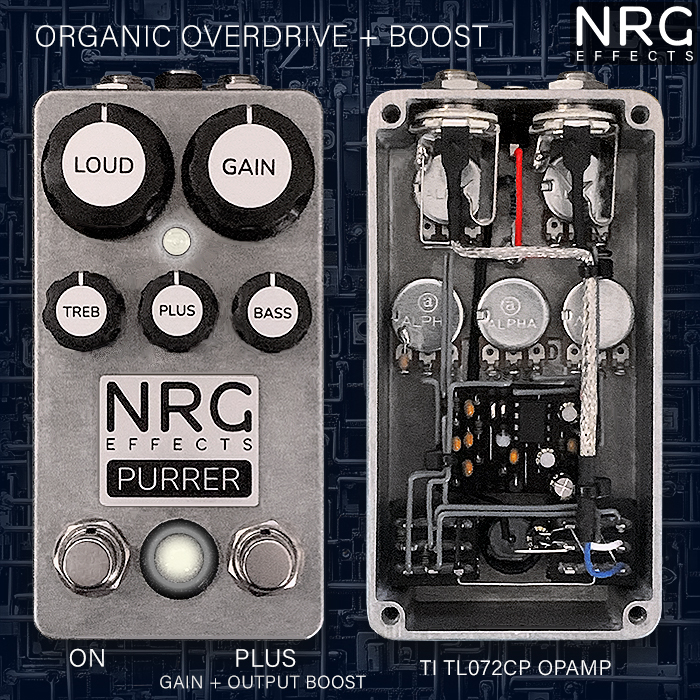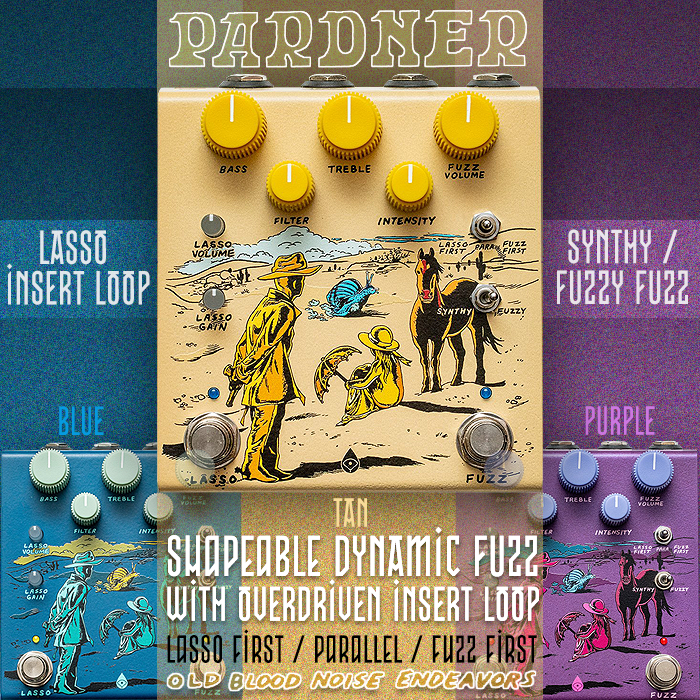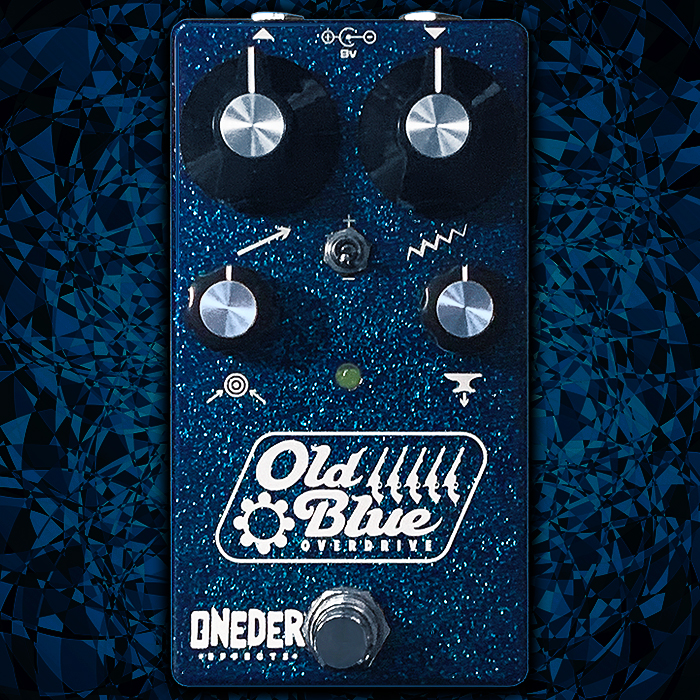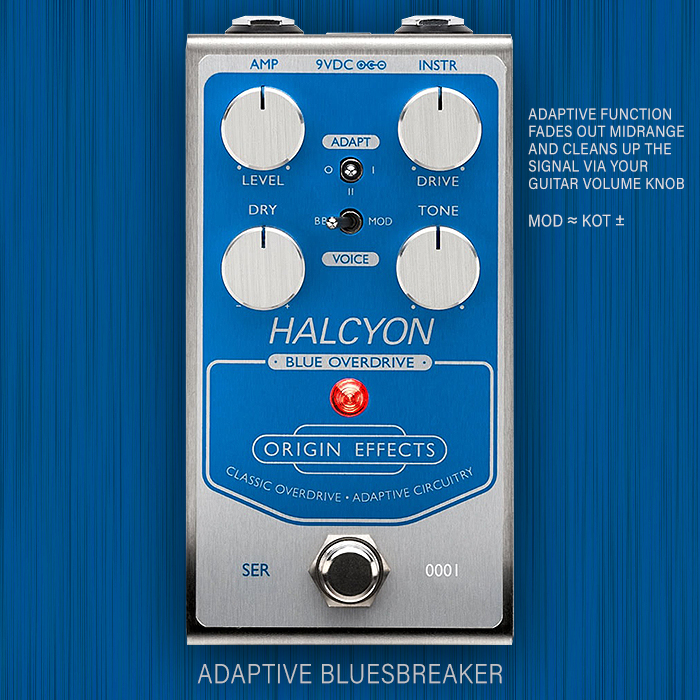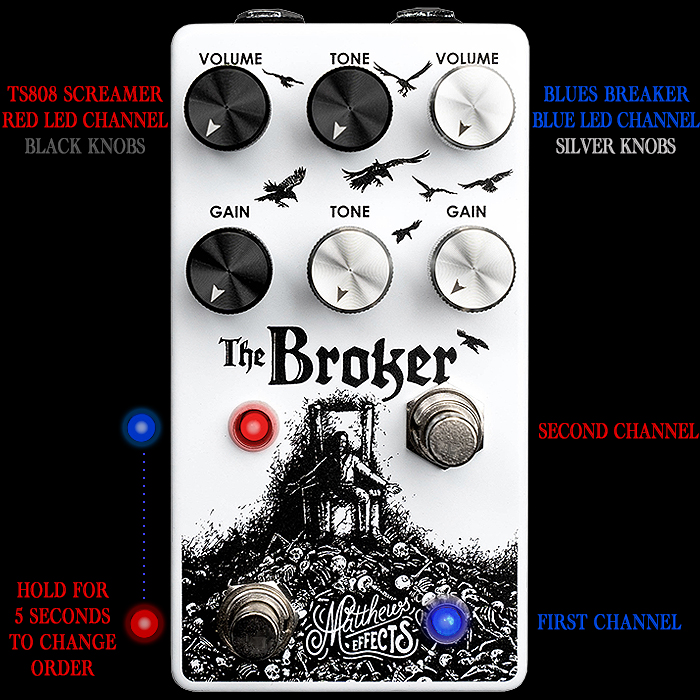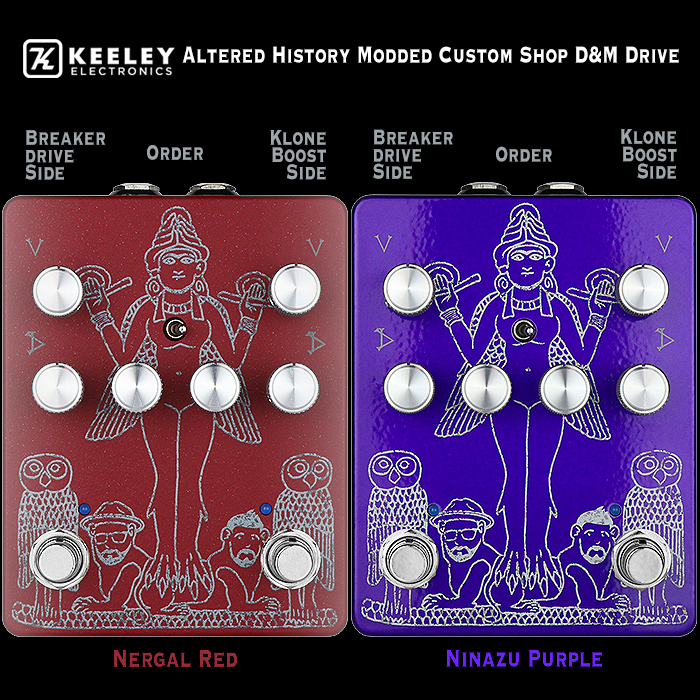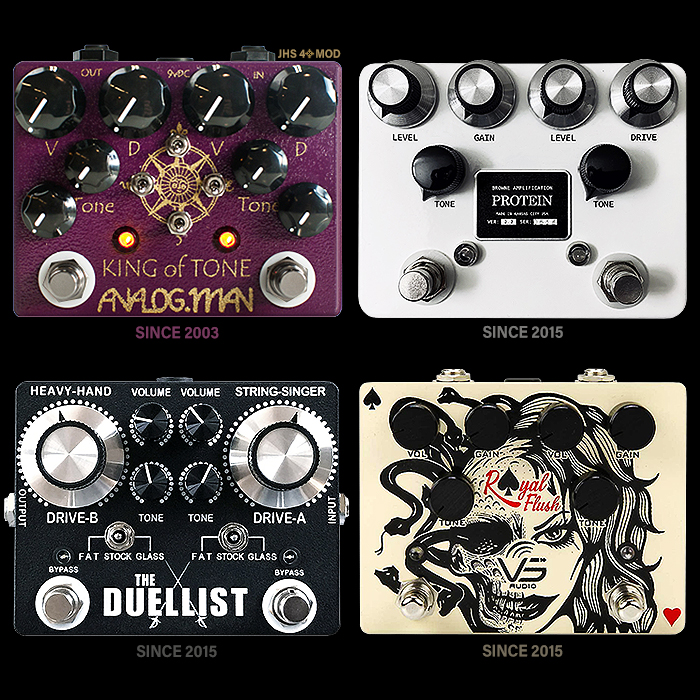Coriolis Effects achieves engineering nirvana with its superior compact Ultimate Edition Hail To The King Dual Channel Bluesbreaker
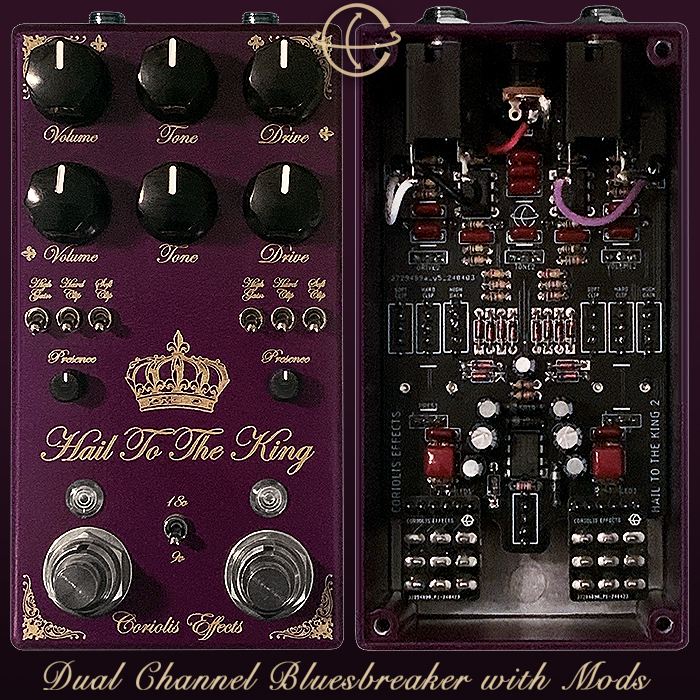
I’m a huge fan of the King of Tone Dual Overdrive - a heavily modified and evolved circuit from its Bluesbreaker source inspiration. I acquired my first King of Tone back in 2018 - the optimal edition of the KOT - with JHS 4-Star Mods onboard - meaning that the internal dip-switches and presence trimmers are externalised for more instant hands-on control.
The intention was to get a full set of King of Tone (Medium), Prince of Tone (compact), and Duke of Tone (mini) pedals. I celebrated my acquisition of the MXR Duke of Tone with the below ’Aristocracy of Tone’ visual from 2022 - its year of release. It marked my intentions to complete the set, but where I’d never quite gotten around to hitting the trigger for the Prince of Tone yet - and then the Hail To The King happened!
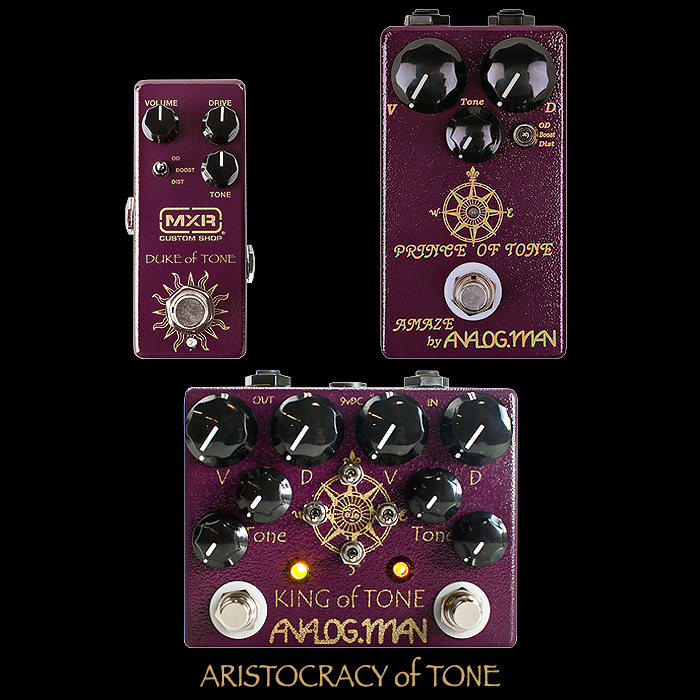
As soon as I saw the Hail To The King - I immediately understood that it would be my favourite format to date, and that the Prince of Tone was no longer going to be a priority. The Hail To The King is so much more than a KOT Clone - in fact several of its aspects are quite different - even though it shares most of the key components, and its artwork and colourway is very obviously indicative of its inspiration.
Visually there are 3 immediate differences you should notice - apart form that superb compact form factor :
- 3 Individual / Stackable Switches per Channel - Soft Clip, Hard Clip, and High Gain (+25%) where you can apply those individually or in any combination
- Individual External Presence Controls per Channel
- 9V / 18V Internal Voltage Switch for more headroom or saturation
I wasn't quite early enough to secure one from the very first Batch of 6, while I did manage to snag one of the first from the 2nd Batch of 14, my now good friend Devin is working on the 3rd batch of 20, and going forward he will be building 10-12 every 1-2 months. I expect there to be a very high demand for these - especially as the wait list for the KOT is somewhere in the region of 6 years now!

I further updated my Aristocracy of Tone visual to feature the new Trifecta - with the Hail To The King now core to proceedings.
In terms of structural similarities, a number of the component elements are the same, where Devin did a whole page of notes for me - which I will summarise as follows :
When compared to the King of Tone, the Hail To The King features the same JRC4580D OpAmps, the same Panasonic ECQ Film Caps, the same Rubycon Electrolytic Caps, the same Carbon Film Resistors, the Same Toshiba 151588 Hard Clipping Diodes, while the HTTK sports Telefunken BA282 Soft Clipping Diodes versus KOT's Panasonic MA856, and obviously on account of its smaller form factor uses 9mm rather than the original's 16mm Alpha Pots. Finally the HTTK uniquely uses Taiway soft-click footswitches - which are also slightly more compact than the norm.
The circuit design process was actually fairly straightforward for Devin - to such a degree that he was able to render the board in marvellous symmetrical fashion - as you can clearly see in the visual. Only in the inclusion of the 9-18V charge pump circuit were there any complications to overcome - which was then actually all rather neatly sorted.
For me there look to be a number of intricacies and structural complications for this circuit, but Devin positively breezed through it - he had the design in his mind fairly early on, and that pretty much carried him through. His most complicated build to-date actually was his Systech Phase Shifter, which is currently somewhat on hiatus! If you look back through Devin's legacy pedals - he's really done some marvellous work over the years - and the HTTK is simply the culmination of all that experience and expertise!
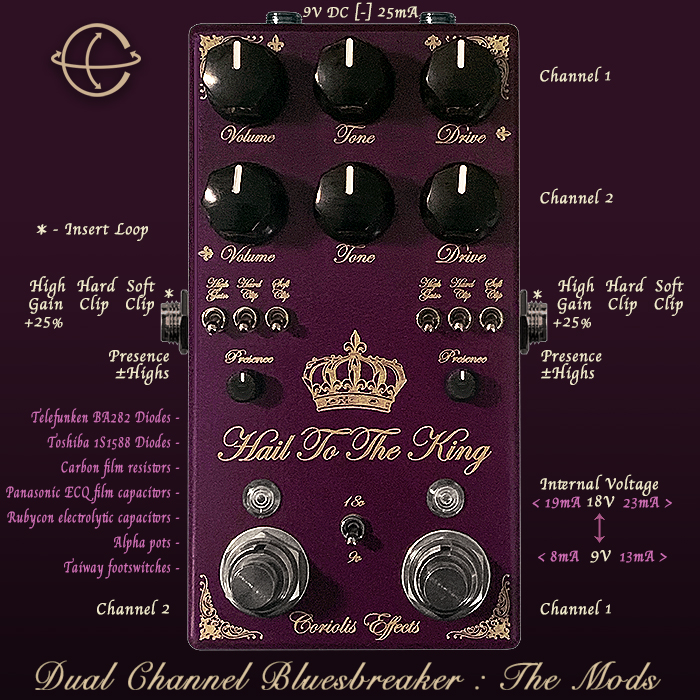
Controls - CHANNEL 1 } Volume, Tone, Drive, High Gain switch (+25%), Hard Clip switch, Soft Clip switch, Presence, Channel 1 Right Footswitch; CHANNEL 2 } Volume, Tone, Drive, High Gain switch (+25%), Hard Clip switch, Soft Clip switch, Presence, Channel 2 Left Footswitch; INTERNAL VOLTAGE : 18V (High Headroom) / 9V (Stock).
The Hail To The King has a huge degree of granularity to it - on the original KOT you have dual twin internal dip-switches (in quad format) - which in various up/down [on/off] configurations give you Boost > Drive > Distortion output Options. My JHS 4-Star Modded KOT has those controls rendered on the outside via toggle-switches - so you can easily flip between output settings - but you still have only 3 option selections per Channel. While with the HTTK we have 8 options per channel :
- X X X
- ✓ X X
- X ✓ X
- X X ✓
- ✓ ✓ X
- X ✓ ✓
- ✓ X ✓
- ✓ ✓ ✓
We also have the additional variation of internal 9V and 18V options - which will deliver slightly different textures and harmonics, and degrees of Headroom and Saturation. And pretty much doubling up your options!
NOTE that since Batch 3 - you now have an insert / FX loop in the side-mounted position - to allow you to do the 4-cable method and place the HTTK before some and after other effects. The later versions loose out a fraction on ultimate pedalboard-friendliness, but you obviously gain an FX Loop! You can see that in action in the below Pedal Experiments demo! And I've added those side-mounted jacks to the above visual - for reference purposes, my actual pedal is from before that now standard element was put into place!
This goes to show that there isn't always a first-mover advantage with pedals - as later editions often get further improvements. I don't really use FX Loops too much myself - but on balance I would still probably have preferred to get the later full-featured pedal! I can console myself with the fact that mine is more slimline!
Finally -my only tiny niggle with this pedal - is that there are no marker lines on the mini knobs - so I painted my own ones in - as you can see in my visuals!

The real strength of this circuit is in combining and stacking the two Channels Together.
This works best with fairly moderate amounts of Drive - albeit it really depends on how you're going to use it.
If you set it up right you will have 3 playback modes instantly at your disposal - Channel 1, Channel 2, and Channel 1 + 2. That requires a little delicacy on the dial-in or else the combined output might be a little too potent.
Of course if you only require 2 drive voicings you then don't need to worry about the combinations, and can just use the channels independently - but as mentioned, the real joy of this format is to combine the channels for an even richer and more harmonically textured output.
There are so many sweet spots onboard. And there is enough range on each of the dials - which are indeed even and predictable. I could always do with a little more volume - but there is sufficient volume onboard, just not a lot to spare for certain applications.
My favourite 3-in-1 settings to date are the following :
CHANNEL 1 } Volume @ 2:30 o'c Tone @ 3 o'c, Drive @ 8:30 o'c, High Gain (+25%) Off, Hard Clip Off, Soft Clip On, Presence @ 1o'c.
CHANNEL 2 } Volume @ 2 o'c, Tone @ Noon, Drive @ 1 o'c, High Gain (+25%) On, Hard Clip On, Soft Clip Off, Presence @ 11 o'c.
INTERNAL VOLTAGE : @ 9V (Stock).
Generally I prefer being on the 9V Mode - obviously you get quicker breakup.
Note that my settings stack / increase intensity in the following order - Channel 1 > Channel 1 + 2 > Channel 2. So the highest gain and most cutting output is just with Channel 2, and Channel 1 + 2 is in-between Channel 1 and 2!

The Ultimate Edition Hail To The King is periodically available on the Coriolis Webstore, where it's a small-batch manufacture of normally just 10-12 units at a time. I believe the next batch of unusually 20 units, will be available imminently in the Coriolis Effects Webstore - there's an entry box onscreen for you to get notified when a new batch is in stock - and you will have to get your skates on super quickly as these will fly out very rapidly. The HTTK delivers all this for just $199! (KOT is currently $325 if that detail matters to you!).
Demos








